
Introduction
Cyanide is widely used in the gold mining industry for leaching processes to extract gold from ores. However, this process results in significant amounts of cyanide remaining in the tailings, posing a serious threat to the environment and human health. As environmental regulations become increasingly stringent, the need for effective cyanide removal from leaching tailings has become a top priority for the mining industry. This article explores various methods for the efficient detoxification of cyanide in leaching tailings.
The Hazard of Cyanide in Tailings
Cyanide in tailings exists in various forms, including free cyanide and metal-cyanide complexes. Free cyanide is highly toxic and can cause severe harm to aquatic life, plants, and animals even at low concentrations. It inhibits cellular respiration by binding to cytochrome oxidase, disrupting the electron transport chain and ultimately leading to cell death. Metal-cyanide complexes, although less acutely toxic than free cyanide, can dissociate under certain conditions, releasing free cyanide and exacerbating the environmental risk.
Conventional Cyanide Removal Methods
Chemical Oxidation Methods
Alkaline Chlorination: This is one of the oldest and most commonly used methods. In this process, chlorine or chlorine-containing compounds like sodium hypochlorite or calcium hypochlorite are added to the tailings slurry under alkaline conditions. The hypochlorite ions first oxidize cyanide into less toxic cyanate. Further oxidation can convert cyanate into carbon dioxide, nitrogen gas, and chloride ions.
Advantages: It has a relatively fast reaction rate and can achieve high cyanide removal efficiency. The required equipment is relatively simple and can be easily automated for continuous operation.
Disadvantages: The cost of chlorine-based reagents can be high. Moreover, if there are organic matter impurities in the tailings, the process may produce harmful by-products such as trihalomethanes. Also, it is not very effective in treating metal-cyanide complexes, especially those with iron.
INCO Process (SO₂/Air Oxidation): Developed by INCO (now Vale), this process uses a combination of sulfur dioxide and air, with the help of a soluble copper catalyst, to oxidize cyanide. Sulfur dioxide is usually added as sodium metabisulfite, which dissociates in water to form sulfur dioxide. Generally, cyanide is first oxidized to cyanate, and then further oxidized to carbon dioxide and nitrogen gas.
Advantages: In some cases, it is more cost-effective than alkaline chlorination, especially when sulfur dioxide is readily available. It can also effectively treat a wide range of cyanide species, including free cyanide and some metal-cyanide complexes.
Disadvantages: The process requires careful control of the pH as the reaction depends on it. Additionally, certain impurities in the tailings can interfere with the catalytic activity of copper, reducing the efficiency of cyanide removal. It may also produce sulfur-containing by-products that need proper management.
Biological Degradation Methods
Microbial Degradation: Certain microorganisms, such as some bacteria and fungi, can metabolize cyanide as a source of nitrogen or carbon. For example, bacteria like Pseudomonas and Bacillus species can break down cyanide through enzymatic reactions. The cyanide is first converted into less toxic compounds like formate and ammonia, which can then be further metabolized by the microorganisms.
Advantages: It is an environmentally friendly method as it doesn't introduce harmful chemical reagents. It can operate under relatively mild conditions, reducing energy consumption. It can also potentially be used in-situ, minimizing the need for extensive tailings handling.
Disadvantages: The process is relatively slow compared to chemical oxidation methods. Microbial growth and activity are highly sensitive to environmental factors like temperature, pH, and the presence of toxic substances in the tailings. This requires careful monitoring and control of the treatment environment. Additionally, setting up and maintaining a suitable microbial culture can be complex and costly.
Physical Adsorption Methods
Activated Carbon Adsorption: Activated carbon has a large surface area and high porosity, making it an effective adsorbent for cyanide. Cyanide ions are adsorbed onto the surface of the activated carbon through physical and chemical interactions. In some cases, the adsorbed cyanide can be further oxidized on the surface of the activated carbon when oxygen or other oxidizing agents are present.
Advantages: It can effectively remove cyanide from tailings solutions, even at low concentrations. Activated carbon can also adsorb other impurities and heavy metals in the tailings, providing a multi-functional treatment approach. The adsorbed cyanide can sometimes be desorbed and recovered, reducing waste and potentially generating economic benefits.
Disadvantages: The cost of activated carbon can be relatively high, especially for large-scale applications. Its adsorption capacity is limited, and it needs to be regenerated or replaced regularly. The regeneration process can be complex and energy-intensive. Also, if not managed properly, the spent activated carbon can become a secondary waste source.
Emerging Technologies for Cyanide Removal
Advanced Oxidation Processes (AOPs)
Ozone Oxidation: Ozone is a powerful oxidizing agent. When used for cyanide removal from tailings, ozone directly reacts with cyanide to first form cyanate, and then further oxidizes it to carbon dioxide and nitrogen gas.
Advantages: It is a fast and efficient method for cyanide oxidation. Ozone is a clean oxidizing agent as it decomposes into oxygen, leaving no harmful residues. It can effectively treat both free cyanide and some metal-cyanide complexes.
Disadvantages: Producing ozone requires specialized equipment and high energy consumption. Ozone has a short half-life, so it needs to be generated on-site, which adds to the complexity and cost of the treatment process. Also, certain substances in the tailings, such as organic matter, can compete with cyanide for ozone, reducing the overall efficiency of cyanide removal.
Fenton and Fenton-like Reactions: Fenton's reagent is made up of hydrogen peroxide and ferrous ions. In the presence of ferrous ions, hydrogen peroxide decomposes to produce highly reactive hydroxyl radicals that can rapidly oxidize cyanide. Fenton-like reactions use other transition metal ions instead of ferrous ions to catalyze the decomposition of hydrogen peroxide.
Advantages: These reactions can achieve high cyanide removal efficiency under relatively mild conditions. They can effectively treat complex cyanide-containing materials. The reagents used are relatively inexpensive compared to some other advanced oxidation methods.
Disadvantages: The reaction conditions need to be carefully controlled, as the concentration of hydrogen peroxide and the catalyst can significantly affect the reaction rate and efficiency. The process may produce iron hydroxide sludge (in the case of Fenton's reaction), which requires proper disposal. Also, certain anions in the tailings, such as phosphate, can interfere with the catalytic activity of the metal ions.
Electrochemical Methods
Electrochemical Oxidation: In this method, an electric current is applied to the tailings slurry in an electrochemical cell. Cyanide ions are oxidized at the anode to form less toxic products, which can then be further oxidized to carbon dioxide and nitrogen gas.
Advantages: It is a relatively clean process as it doesn't require adding large amounts of chemical reagents. The process can be easily controlled by adjusting the applied voltage and current. It can also be used to simultaneously remove other contaminants and recover valuable metals from the tailings.
Disadvantages: The energy consumption can be high, especially for large-scale operations. The electrodes are prone to corrosion, which requires regular maintenance and replacement. The presence of certain ions in the tailings can affect the electrochemical reaction, reducing the efficiency.
Factors Affecting Cyanide Removal Efficiency
Tailings Composition
The presence of various minerals, metals, and organic matter in the tailings can significantly impact cyanide removal. For example, some metal ions like copper, zinc, and iron can form stable complexes with cyanide, making it harder to remove. Organic matter can also interfere with the oxidation or adsorption processes by consuming oxidizing agents or blocking the active sites on adsorbents.
pH
The pH of the tailings slurry is a crucial factor for many cyanide removal methods. Chemical oxidation processes such as alkaline chlorination and the INCO process are highly pH-dependent. For instance, alkaline chlorination works best at a high pH (usually around 10 - 11), while some other methods may require acidic or neutral pH conditions for optimal performance.
Temperature
Temperature affects the reaction rates of chemical and biological processes. Generally, higher temperatures can increase the reaction rates of chemical oxidation reactions, but they can also negatively impact the activity of microorganisms in biological degradation processes. Therefore, determining the optimal temperature for a specific cyanide removal method is essential.
Case Studies and Industrial Applications
Case Study 1: A Gold Mine in South Africa
This gold mine used the INCO process for cyanide removal from its leaching tailings. By carefully controlling the pH, the dosage of sulfur dioxide and air, and the concentration of the copper catalyst, they managed to reduce the cyanide concentration in the tailings below the regulatory limit. However, they faced challenges due to the variability of the tailings composition, which required frequent adjustments to the process parameters.
Case Study 2: A Small-scale Mining Operation in South America
This operation adopted a biological degradation method using a consortium of cyanide-degrading bacteria. They built a specially designed bioreactor to treat the tailings slurry. Despite initial difficulties in establishing a stable microbial culture, once optimized, the process achieved a significant reduction in cyanide levels. The operation also benefited from the relatively low cost of the biological treatment compared to chemical methods.
Conclusion
Effectively removing cyanide from leaching tailings is crucial for environmental protection and the sustainable development of the mining industry. Conventional methods such as chemical oxidation and biological degradation, as well as emerging technologies like advanced oxidation processes and electrochemical methods, all have their own advantages and limitations. The choice of the most suitable method depends on various factors, including the characteristics of the tailings, the scale of the operation, cost considerations, and environmental regulations. In many cases, combining different methods may be the most effective approach to achieve high cyanide removal efficiency while minimizing costs and environmental impacts. As research progresses, more efficient and cost-effective cyanide removal technologies are expected to be developed in the future.
- Random article
- Popular articles
- Popular comments
- Tin ore magnetic separation+electric separation process
- Iron Ore Roasting and Magnetic Separation Process
- How to Extract Gold Using Mercury
- Sand gold beneficiation process
- Lead zinc ore mixing+separation flotation process
- Nickel Ore Mixing and Separation Flotation Process
- Lithium ore positive flotation process




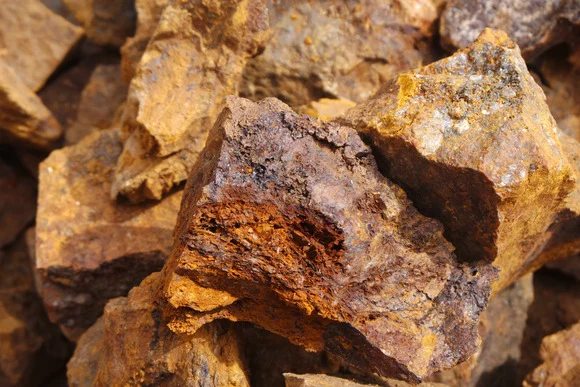
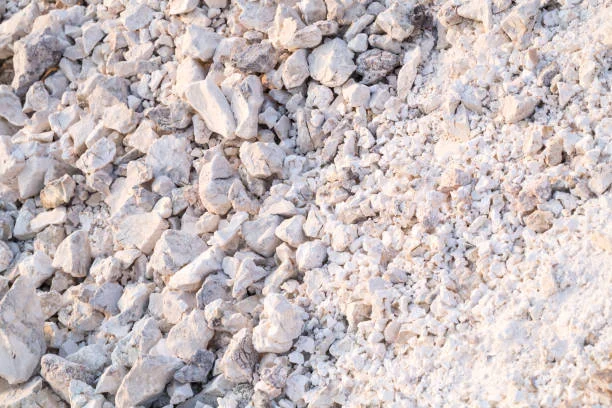
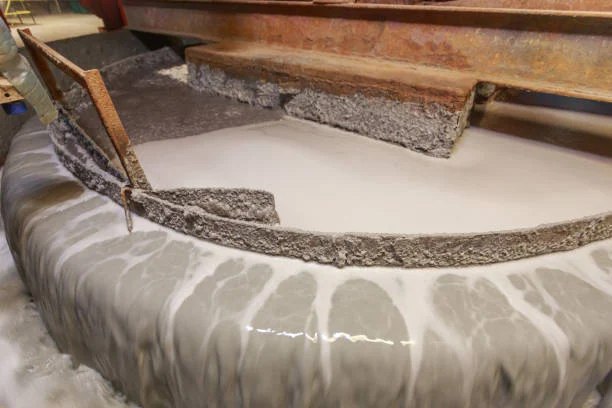
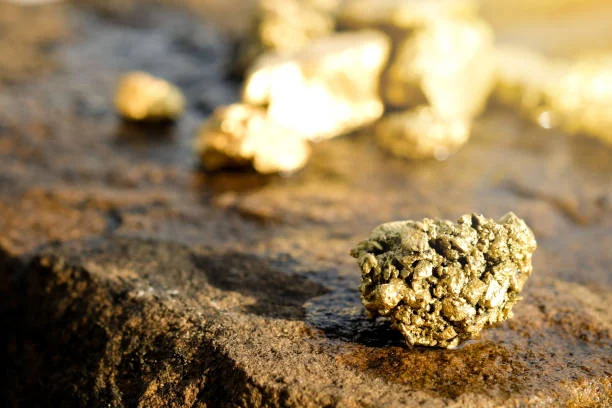
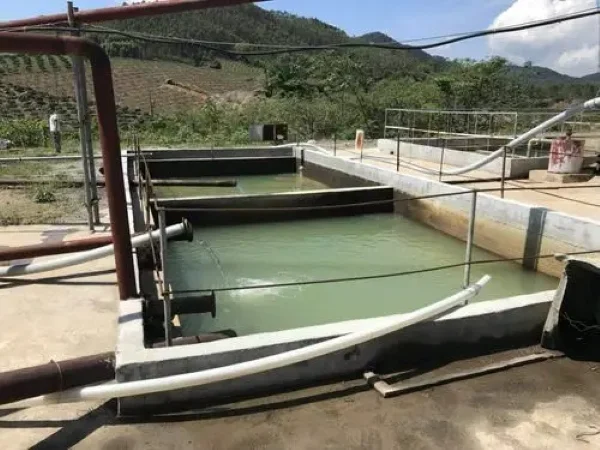
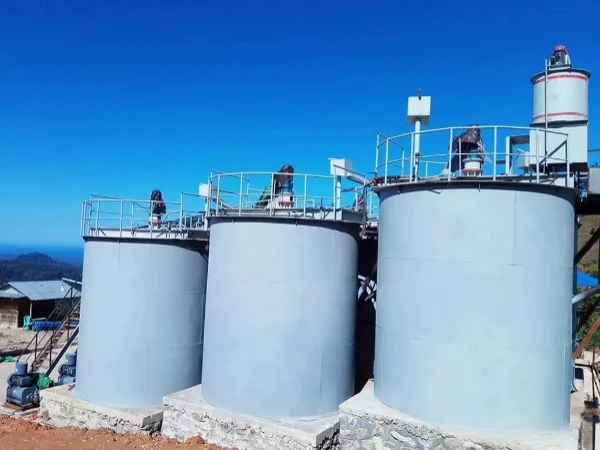
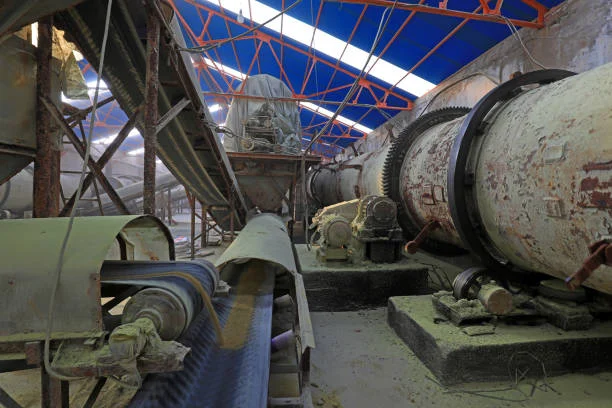
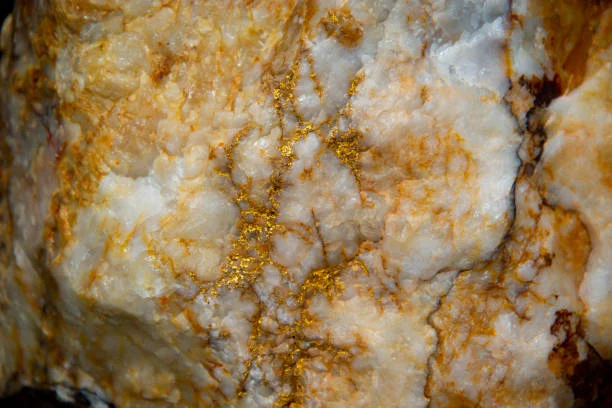
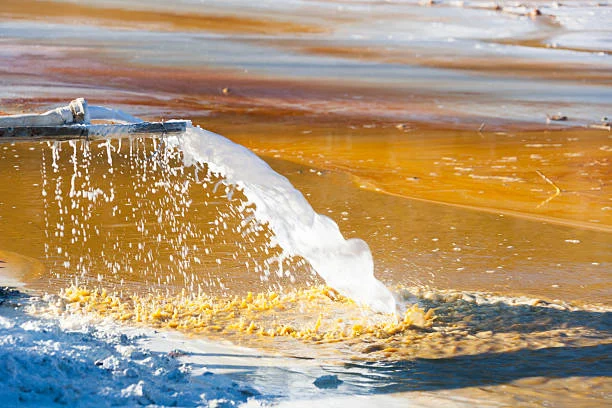
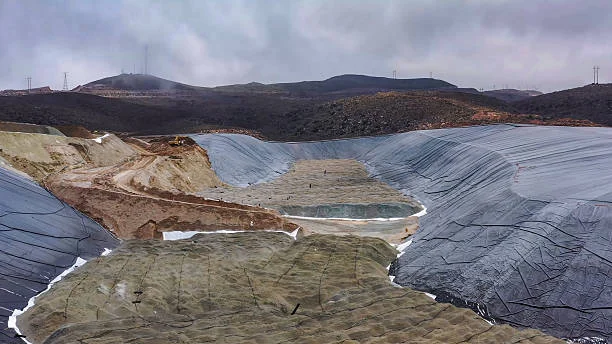

Leave a message with your needs or comments
Add comment: